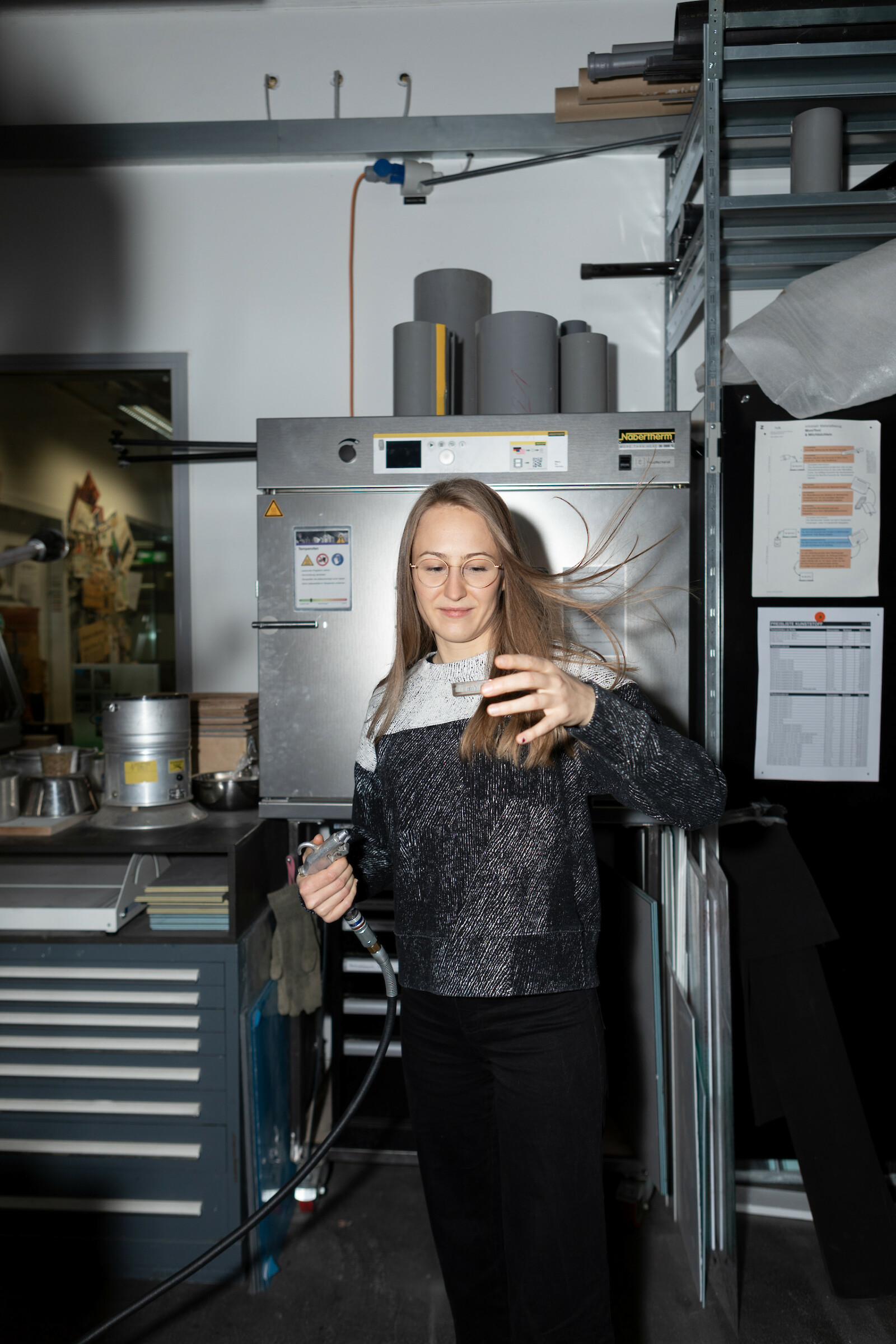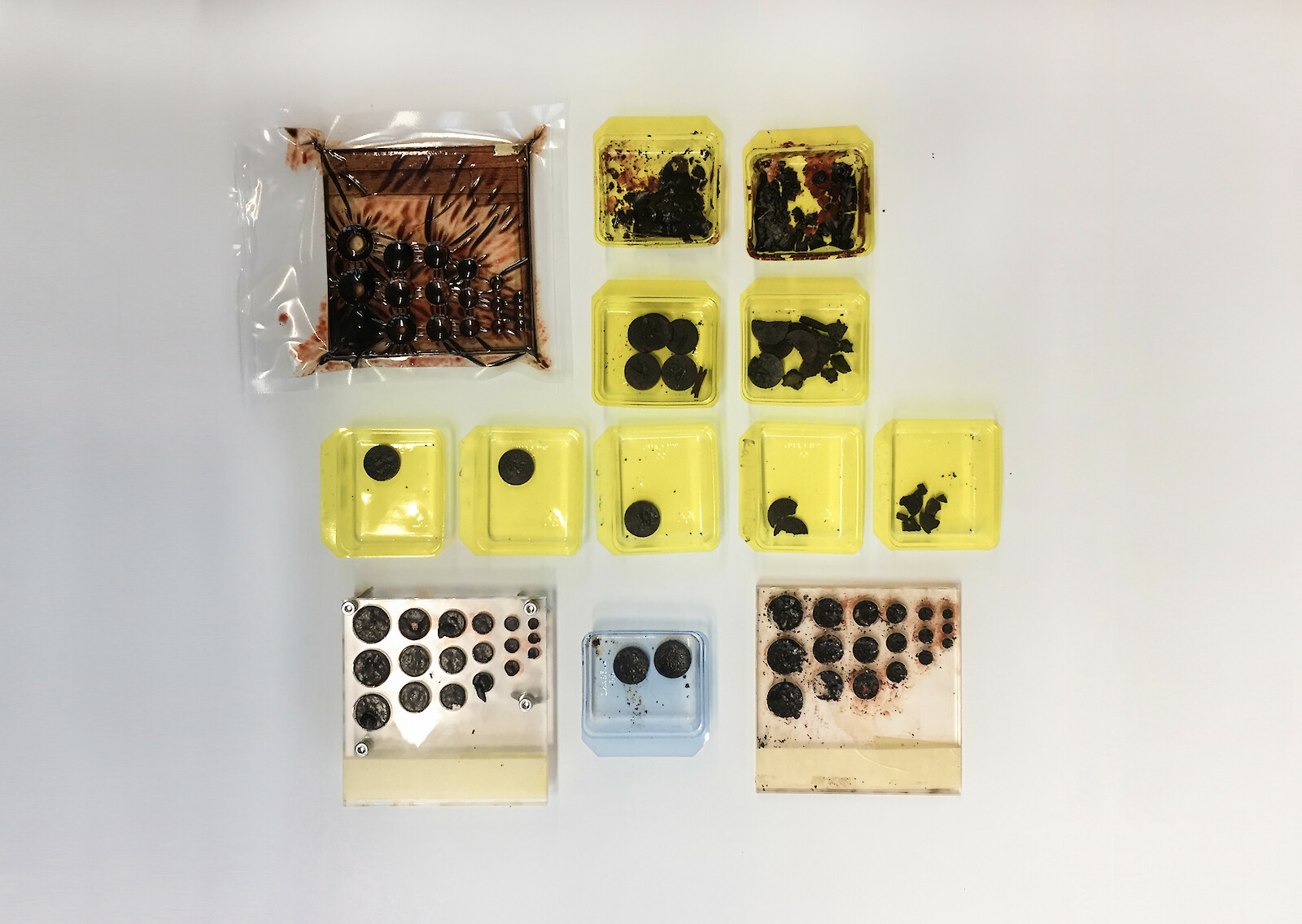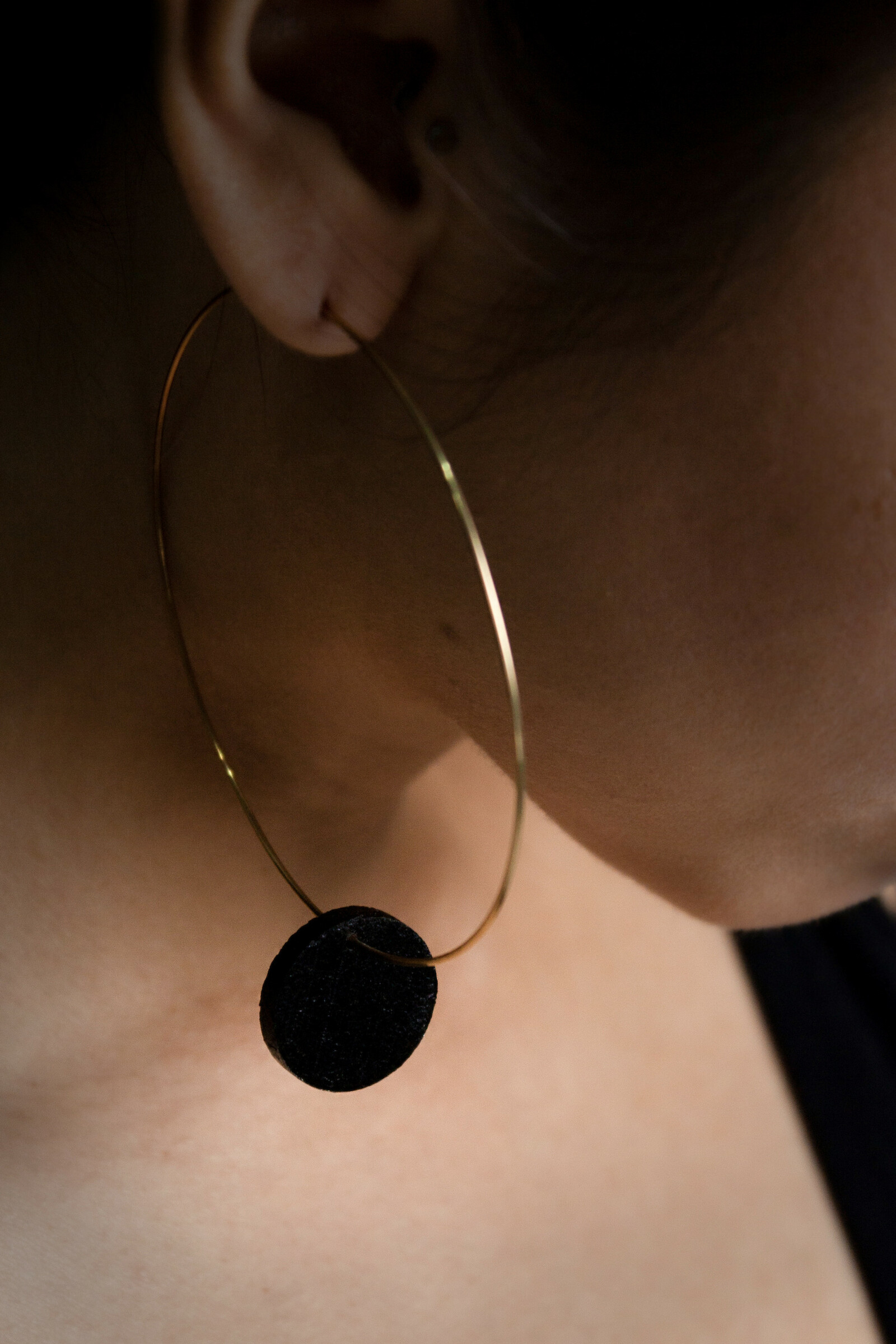Leonor Kotoun
What do you find special about the ZHdK?
I like the interdisciplinary nature of the university. Sometimes meetings are accompanied by music from the room next door, or you can take a break and linger for a while watching the dance rehearsals opposite. Great projects result from collaborations across departments and specialisations because the participants bring their individual experiences and knowledge to them.
Where at the ZHdK can you be found?
I do like to work with my hands and go backwards and forwards between the different workshops. When the sun is shining, I enjoy taking my break on the beautiful roof terrace in the open air.
What could you not live without at the Toni?
The green roof terrace and the comprehensively equipped workshops.
Which topics are you focussing on at the moment?
I’m interested in topical debates in society, phenomena of everyday culture, sustainable design innovations, and design that has a communicative quality. The main topic that keeps me occupied is climate change, its effects and how society responds to that. I’m fascinated by materials research and communicative design. Gender identity is another subject that interests me, in particular new concepts of femininity, the role of women, and ways of behaving in the face of binary social structures.
What motivates you?
Communicating knowledge, acting consciously and promoting discourses are my basic motivations. In my projects, I address them at the interface between various design disciplines, societal discourses and art.
Where do you find your inspiration?
I’m surrounded by an extremely multi-faceted environment, I like to absorb different discourses and tackle subjects head-on. Because of a project, my morning began at the abattoir, which, in a bizarre kind of way, had an inspiring effect.
With whom would you like to switch roles for half a year?
With my cat or a bird.
Who would you like to work with one day?
It would be great to collaborate with Ólafur Elíasson. He combines the topic of climate change with physical optics and the medium of light in a wonderful way. With his installations, he manages to strike a chord with very different people.
What is your personal definition of design?
I find design difficult to grasp as a term, as it’s used in very varied, perhaps even unfortunate, ways. Because it is so fuzzy, it is wide open to individual interpretations and applications. Personally, design to me means interconnected projects and concepts that interact with a human being. In most cases, these include several themes, often about ecological and social concerns.




